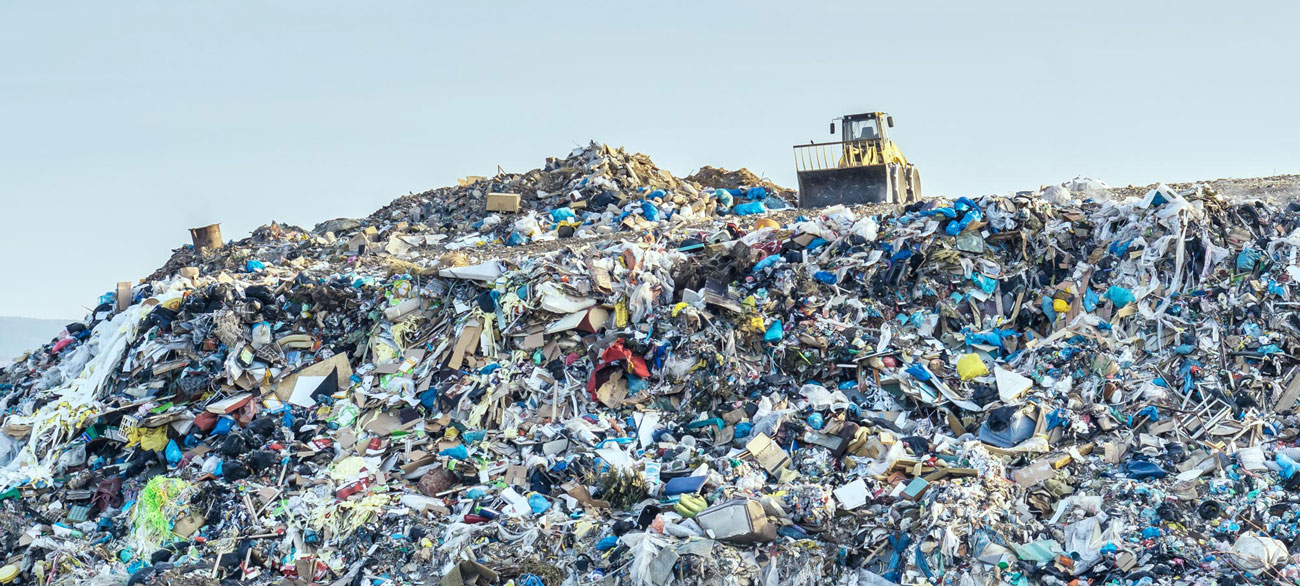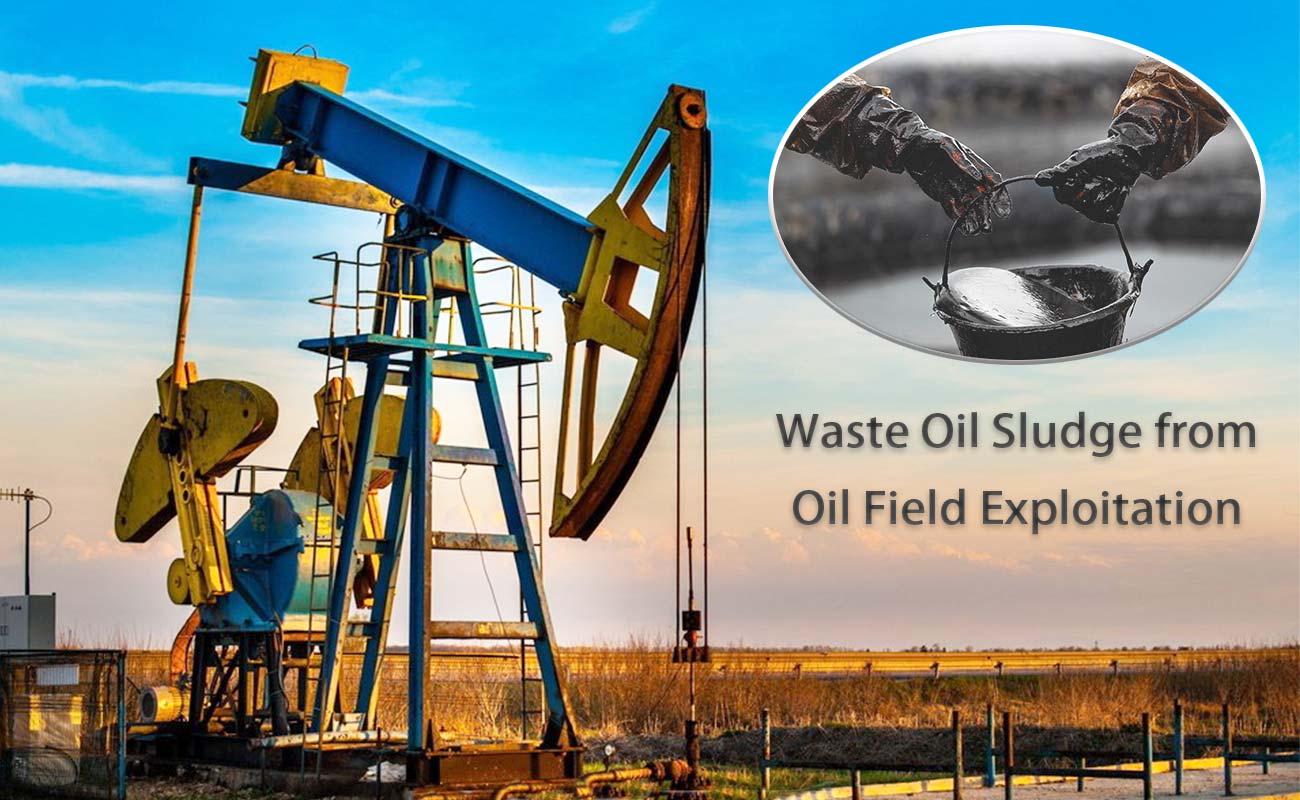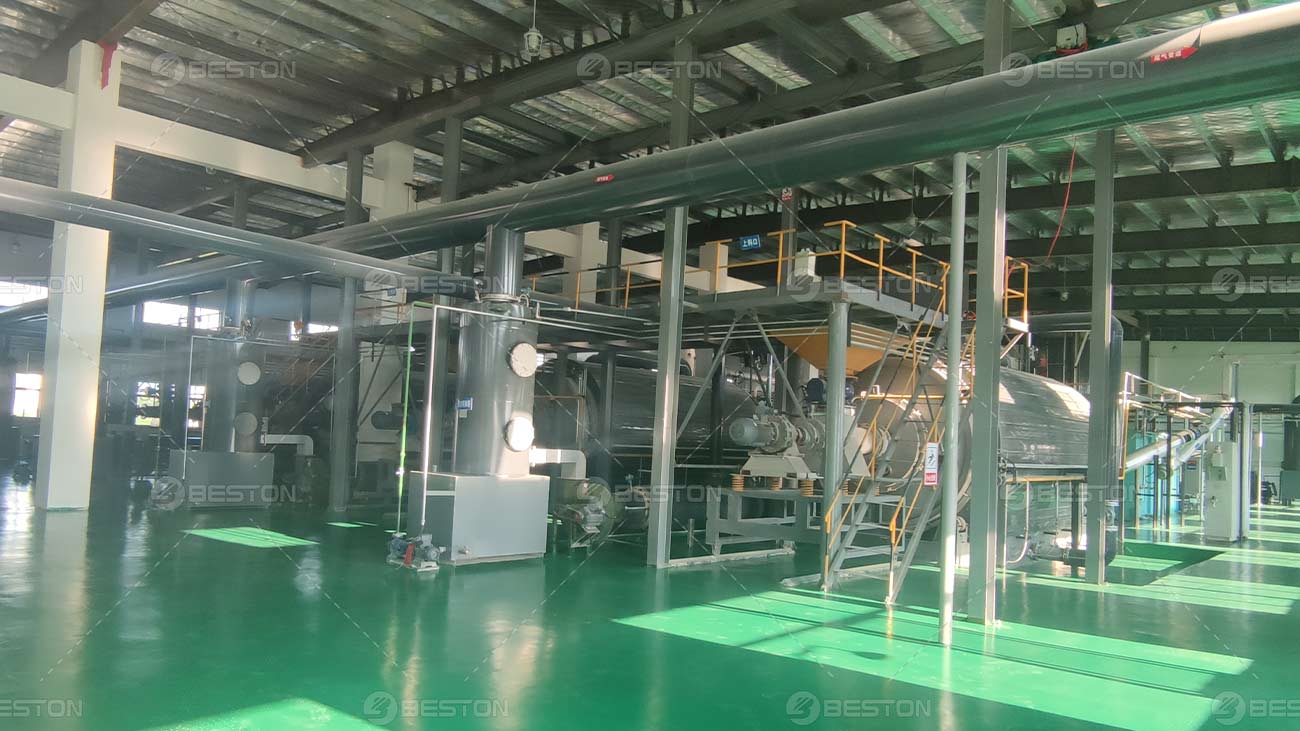The labyrinth of plastic waste management has become a pressing concern in our modern world. As we navigate through the complexities of sustainability, one pivotal aspect demands our attention — the current recycling rates for plastic materials. To truly grasp the nuances of this enigma, we must embark on a journey through statistics, challenges, and the potential for a greener future.
The Landscape of Plastic Recycling
In the grand tapestry of waste management, plastic occupies a significant portion, mirroring its omnipresence in our daily lives. Understanding the recycling rates necessitates a dive into the numbers that delineate our relationship with this synthetic polymer. The plastic pyrolysis machine is an optional to process plastic.
Quantifying the Quandary
Let’s paint a numerical portrait. Globally, approximately 9.1 billion tons of plastic have been produced since its inception, and a staggering 6.9 billion tons of that remains as waste. However, the recycling rates cast a revealing light. According to recent data, only about 9% of the total plastic waste generated has been recycled. The remaining lion’s share finds its destiny in landfills, incineration, or worse, polluting our oceans and landscapes.

The Challenge of Recycling Plastics
Diverging Paths: Single-Use vs. Recyclable
The recycling journey is fraught with challenges, intricately woven into the very fabric of plastic production. A significant hurdle arises from the prevalence of single-use plastic, an ephemeral convenience with enduring consequences. The transient lifespan of these items often deters recycling efforts, rendering them economically unviable or technologically challenging to process.
Sorting Conundrums and Contamination Woes
Recycling facilities grapple with the intricacies of sorting various plastic types, a process exacerbated by the diversity of formulations and additives in use. Contamination further muddies the waters; a single non-recyclable item mistakenly mingling with recyclables can compromise the entire batch. This conundrum underscores the importance of consumer education in the pursuit of effective plastic recycling with plastic to oil machine.
Regional Disparities and Success Stories
Global Disparities
The quest for sustainable waste management is not uniform across the globe. Regions with advanced waste infrastructure exhibit higher plastic recycling rates, while developing nations may struggle with limited resources and infrastructure. Bridging this gap requires a collaborative effort on a global scale.
Shining Beacons of Success
Amidst the challenges, success stories emerge. Certain countries and municipalities have demonstrated remarkable strides in plastic recycling. Germany, for instance, boasts a recycling rate exceeding 50%, showcasing the potential for systemic change through robust policies and citizen participation.
Innovations Paving the Way Forward
Technological Advancements
In the realm of innovation, technology stands as a beacon of hope. Advanced sorting technologies, chemical recycling processes, and breakthroughs in biodegradable plastic alternatives promise to redefine the landscape. These advancements not only enhance the efficiency of current recycling methods but also open doors to new possibilities. Check the plastic to fuel machine here.
Circular Economy Paradigm
A paradigm shift toward a circular economy holds immense promise. Designing products with end-of-life considerations, fostering closed-loop systems, and promoting extended producer responsibility can revolutionize the fate of plastic waste. This holistic approach envisions a world where the life cycle of plastic is a continuum, reducing reliance on extraction and disposal.
The Role of Consumer Empowerment
Educating the Masses
The power to catalyze change lies in the hands of consumers. Educating individuals about responsible plastic consumption, proper disposal, and the significance of recycling fosters a culture of awareness. Conscious consumer choices ripple through the entire life cycle of plastic, influencing manufacturers, policymakers, and waste management entities.
Demand for Sustainable Alternatives
Consumer demand acts as a catalyst for industry transformation. The call for sustainable packaging, reduced single-use plastic, and eco-friendly alternatives resonates with businesses. As market dynamics shift, manufacturers are compelled to align their practices with the values of an environmentally conscious consumer base.
A Glimpse into the Future
Policy Interventions
Governments play a pivotal role in sculpting the future of plastic recycling. Robust policies, economic incentives, and stringent regulations can reshape the landscape, propelling industries toward greener practices. A harmonized global effort is essential to address the transboundary nature of plastic pollution.
Collaboration for a Sustainable Tomorrow
The road to improved plastic recycling rates is one that demands collaboration. Collaboration between governments, industries, communities, and individuals is imperative to weave a tapestry of sustainability. A harmonious symphony of efforts can orchestrate a future where plastic waste is a relic of the past.
Conclusion: Navigating the Plastic Recycling Maze
As we navigate the labyrinth of plastic recycling rates, it becomes evident that the solution is multi-faceted. It requires technological innovation, systemic change, consumer empowerment, and global collaboration. The enigma of plastic waste management can only be unraveled through a collective commitment to a sustainable future—one where the recycling rates for plastic materials reflect our dedication to preserving the planet for generations to come. Visit the Beston Group here.

